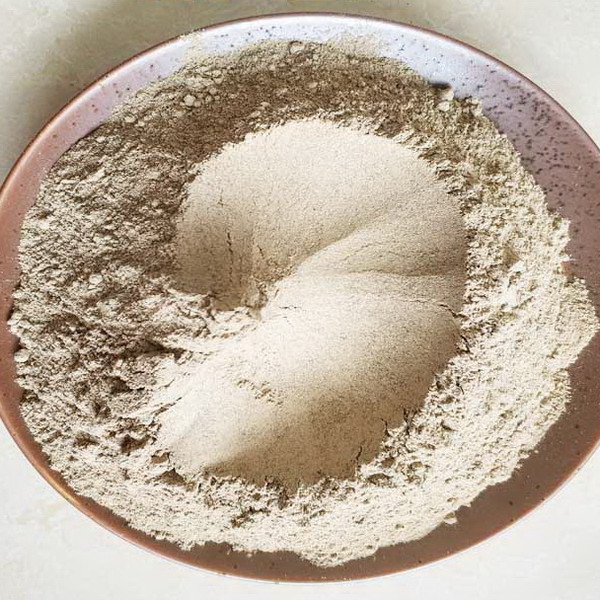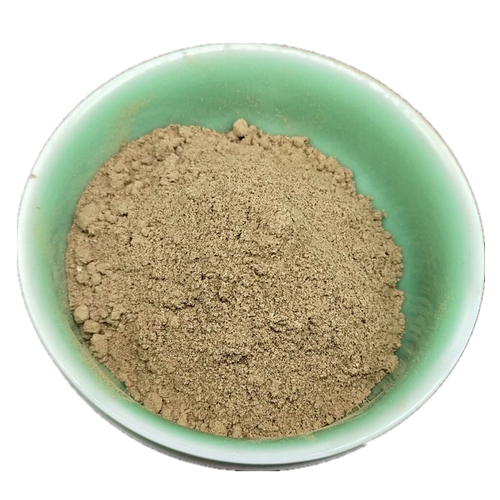Product Overview
Parts used: Dried aerial parts
TCM category: Herbs that clear Heat and relieve Toxicity
TCM nature: Cold
TCM taste(s): Sour
Meridian affinity: Large intestine Liver
Scientific name: Portulaca oleracea
Other names: Common purslane, Verdolaga, Red root, Pursley
Use of purslane (Ma Chi Xian) in TCM
Please note that you should never self-prescribe TCM ingredients. A TCM ingredient is almost never eaten on its own but as part of a formula containing several ingredients that act together. Please consult a professional TCM practitionner, they will be best able to guide you.
Preparation: Remove impurities, wash, cut into sections and dry
Dosage: 15 - 60 grams
Main actions according to TCM*: Clears Heat and Cools the Blood. Clears Damp-Heat associated with skin disorders. Treats pain and swelling from insect and snake bites.
Primary conditions or symptoms for which purslane may be prescribed by TCM doctors*: Dysentery Boils Sores Eczema Erysipelas Hematochezia Abnormal uterine bleeding Snake bites Insect bites Hemorrhoids
Contraindications*: This herb should be avoided by those with weak Cold Spleen and Stomach and by women during pregnancy.
Common TCM formulas in which purslane are used*:
For spirochete diseases such as syphilis and Lyme's disease combine purslane with dandelions (Pu Gong Ying), smilax glabra roots (Tu Fu Ling), honeysuckle flowers (Jin Yin Hua), liquorice (Gan Cao) and dittany root bark (Bai Xian Pi).
For dysentery due to Damp-Heat combine purslane with baikal skullcap roots (Huang Qin) and goldthread rhizomes (Huang Lian).
For intestinal abscesses combine purslane with dandelions (Pu Gong Ying).
Key TCM concepts behind purslane (Ma Chi Xian)'s properties
In Traditional Chinese Medicine (TCM), purslane are plants that belong to the 'Herbs that clear Heat and relieve Toxicity' category. Herbs in this category are used to clear inflammatory and infectious conditions, referred to as 'Internal Heat' in TCM. This is why most of the herbs in this category will have both antibacterial and antiviral properties. In TCM one has too much 'Heat' in their body as a result of a deficiency of 'Yin' (which is Cold in nature, see our explanation on Yin and Yang) or, more commonly, an excess of Yang (Hot in nature). Herbs that clear Heat and relieve Toxicity treat the latter while, at the same time, removing infectious toxins from the body. As such they tend to be Cold or Neutral in nature.
As suggested by its category purslane are plants that are Cold in nature. This means that purslane typically help people who have too much "heat" in their body. Balance between Yin and Yang is a key health concept in TCM. Those who have too much heat in their body are said to either have a Yang excess (because Yang is Hot in nature) or a Yin deficiency (Yin is Cold in Nature). Depending on your condition purslane can help restore a harmonious balance between Yin and Yang.
Purslane also taste Sour. The so-called "five elements" theory in Chinese Medicine states that the taste of TCM ingredients is a key determinant of their action in the body. Sour ingredients like purslane help with digestion and restrain abnormal discharges of fluids from the body, such as diarrhea or heavy sweating.
The tastes of ingredients in TCM also determine what organs and meridians they target. As such purslane are thought to target the Large intestine and the Liver. In TCM the Large Intestine receives the "impure" parts of the digested food from the Small Intestine, absorbs the remaining fluids and excrete the remainder as feces. The Liver on the other hand is often referred as the body's "general" because it is in charge of regulating the movements of Qi and body fluids. It also takes a leading role in balancing our emotions.
Use of purslane (Ma Chi Xian) as food
Purslane are also eaten as food. It is used as an ingredient in dishes such as Wild Purslane Salad or Stir-Fried Purslane.






